Contact
Department of Ecology, NJ, Landscape Ecology Unit
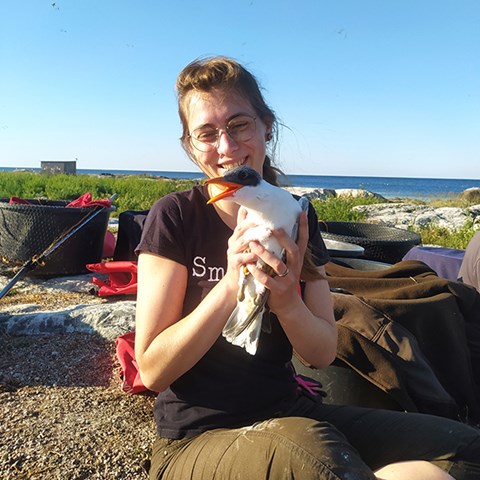
No biological system exists in isolation. Ecosystems, communities, local populations and individuals always interact to some extent with their surroundings. These surroundings may filter which species colonize the local communities and influence how diversity is distributed at the landscape and national scale. Clearly, it is central to have a landscape perspective when investigating how to manage, conserve and restore biodiversity in a changing world.
The landscape ecology unit focus on landscape and population ecology and habitat change monitoring, Our study organisms are mainly birds mammals and plants, but we also do studies on insects, fish and amphibians.
You will find everyone in the unit here. Or almost everyone. Debora Arlt is part of the unit but she is listed at The Species Information Centre.
Our research develops knowledge about how and why the land-use history and landscape composition affect the dynamics of local communities and populations. Although interesting in itself, this knowledge is especially important when designing measures to conserve biodiversity in production landscapes such as farmland or mountain habitat used by grazing animals.
Furthermore, we also organize regional and national monitoring programs, collecting data on long-term changes of habitats and habitat elements to monitor habitat changes in agricultural landscapes in a national monitoring scheme.
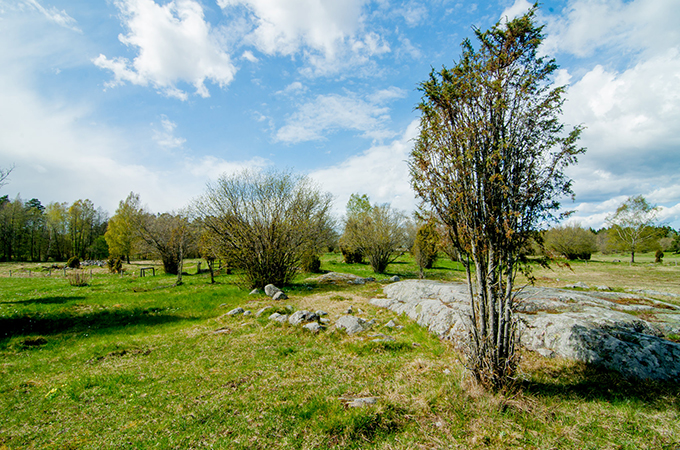
Labro ängar. Photo: Alistair Auffret
The climate is changing rapidly and we predict that there will be consequences for many organisms that are adapted to certain climate regimes. Some species are better than others at tracking climate changes, but the question is which species can cope with climate change and which cannot?
In any case, local communities and ecosystems are likely to get markedly re-shuffled in the future. We focus on investigating how climate change may affect biodiversity patterns, species distributions, and to some extent community functions and ecosystem services. We use different techniques to estimate relationships between climate change and species distributions and population trends and to predict the future of biodiversity.
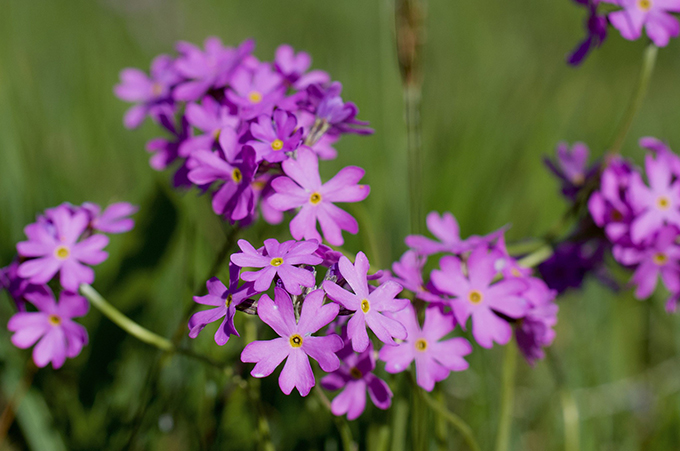
Photo: Alistair Auffret
The management and conservation of biodiversity include area protection, restoration and creation of new habitats. These key measures aim to halt the present rapid loss of biodiversity and related ecosystem services.
But, how efficient are they – do they reach their goals and is that true in all types of landscapes? These crucial questions are investigated in shallow nutrient rich wetlands, semi-natural grasslands, mountains and other important habitats and habitat elements for biodiversity in mainly agricultural landscapes.
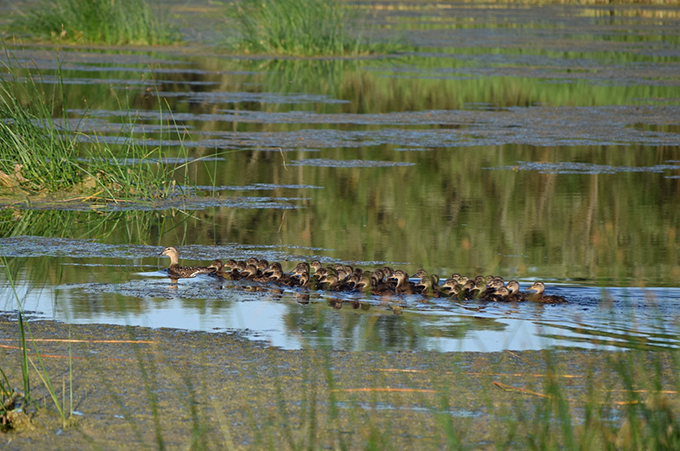
Mallard. Photo: Ineta Kacergyté
We use and develop statistical models of ecological data, including demographic data on populations, and survey data on population abundance and distribution. With the help of flexible statistical modelling techniques, often in the form of hierarchical models, we aim to better understand population change in space and time, as well as drivers behind population dynamics. We also tutor and organize courses for graduate students in R-based and Bayesian statistical modelling.
Changes in local habitat, landscape and climate more or less force populations to change their dynamics, population size and spatial distribution. We use both long-term studies of marked individuals (e.g., northern wheatears; snow leopards) and shorter-term studies to investigate evolutionary and ecological processes at the individual and population level.
Among other things we dig deep into the effects of weather and climate on breeding phenology and demography, population dynamics, dispersal, disease ecology of wild and domestic animals and the dynamics and management of large carnivores and large grazing birds.
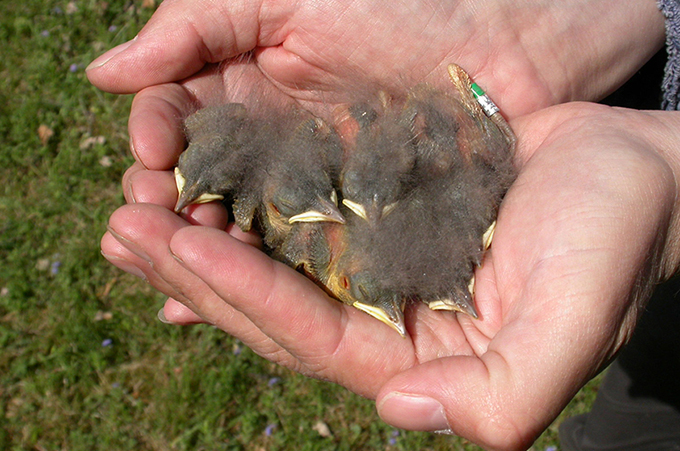
Northern whetear. Photo: Debora Arlt
Outreach is an important part of our general research agenda and we often interact with societal decision-makers and managers. For example, we develop future strategies to reduce crop damage by large grazing birds, monitoring schemes for farmland habitats, butterflies and grassland plants and participatory approaches to improve conditions for breeding farmland birds. Specifically, this is done in collaboration with the Swedish EPA, Board of Agriculture, county administrative boards and conservation NGOs and individual stakeholders (e.g., farmers, ornithologists).
Participatory approaches also involve the use of citizen science data collected in opportunistic platforms such as the Swedish species observation system (Artportalen). Here we investigate how to use and filter huge amounts of opportunistically reported data for the estimation of local and regional population trends and dynamics.
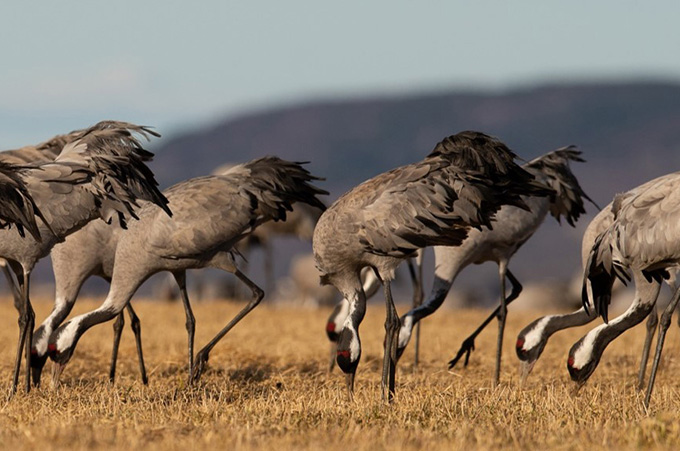
Cranes. Photo: Johan Månsson